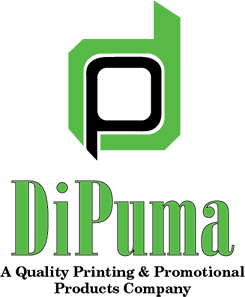Offset Printing: A Classic Printing Technique
Offset printing, a cornerstone of the printing industry for decades, has remained a popular choice for producing high-quality printed materials. This technique involves transferring ink from a metal plate to a rubber blanket, and then from the blanket to the paper.
The Offset Printing Process
- Platemaking: The first step in offset printing is to create a metal plate. This plate is typically made of aluminum and is coated with a light-sensitive material. The image to be printed is exposed onto the plate, leaving the areas that will receive ink exposed.
- Inking: The exposed areas of the plate are inked using a series of rollers. The ink is transferred from the rollers to the plate.
- Blanket: The inked plate comes into contact with a rubber blanket, which transfers the ink from the plate.
- Paper: The inked blanket then presses against the paper, transferring the ink to the paper.
Advantages of Offset Printing
- High-Quality Output: Offset printing is known for producing high-quality prints with vibrant colors and sharp details.
- Cost-Effective: For large print runs, offset printing is often more cost-effective than other printing methods.
- Versatility: Offset printing can be used to print on a wide range of substrates, including paper, cardboard, and plastic.
- Consistency: Offset printing offers consistent results, making it ideal for large-scale production runs.
Disadvantages of Offset Printing
- Setup Time: Offset printing requires a significant amount of setup time, especially for smaller print runs.
- Initial Costs: The initial investment in offset printing equipment can be high.
- Environmental Impact: Offset printing can have a negative impact on the environment due to the use of chemicals and the production of waste.
Common Applications of Offset Printing
- Books and magazines
- Catalogs and brochures
- Packaging
- Posters and billboards
- Business cards and stationery
The Future of Offset Printing While digital printing has made significant inroads into the printing industry, offset printing remains a viable and popular option. Advances in technology, such as computer-to-plate (CTP) technology, have helped to streamline the offset printing process and improve efficiency. Additionally, the development of environmentally friendly printing inks and processes has helped to reduce the environmental impact of offset printing.
As the printing industry continues to evolve, offset printing is likely to remain a cornerstone of commercial printing for many years to come. Its ability to produce high-quality prints at a competitive cost makes it a valuable tool for businesses and individuals alike.
